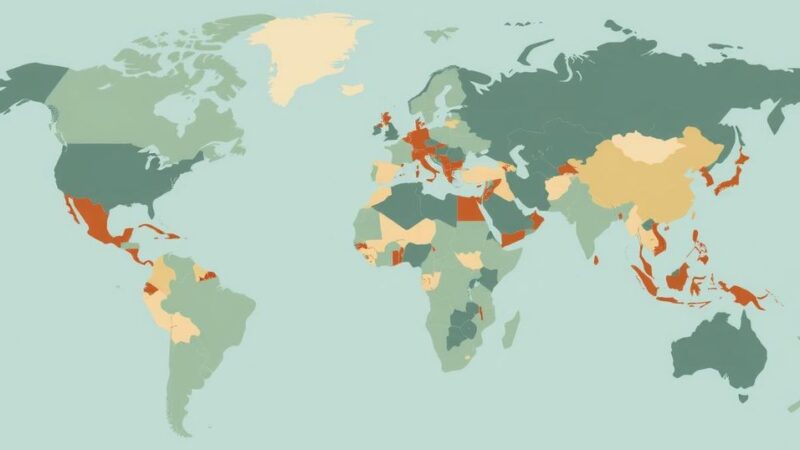A 5.6 magnitude earthquake struck Luzon, Philippines, near San Fernando, with a depth of 39 kilometers. The GFZ reported the earthquake, which underscores the ongoing seismic risks in the region.
A magnitude 5.6 earthquake struck the northern region of Luzon, Philippines, as reported by the GFZ (German Research Centre for Geosciences). The earthquake’s epicenter was located approximately 35 kilometers from the city of San Fernando, and it occurred at a depth of 39 kilometers. Emergency management authorities are currently assessing the impact and any potential damage resulting from this seismic event.
The Philippines is situated along the Pacific Ring of Fire, where the intersection of various tectonic plates frequently leads to earthquakes. Events of significant magnitude can pose risks to infrastructure and communities, necessitating immediate responses from local and national authorities. In particular, Luzon, being the largest island in the Philippines, has experienced several seismic activities, hence the importance of preparedness and monitoring by geological agencies such as GFZ.
The recent 5.6 magnitude earthquake in Luzon has highlighted the ongoing seismic activity in the Philippines, a country that remains vulnerable due to its geographical location. Continued vigilance and preparedness by local authorities, alongside community awareness, are crucial in addressing the challenges posed by such natural disasters. Ensuring an effective response mechanism can mitigate risks and safeguard lives.
Original Source: www.jpost.com






